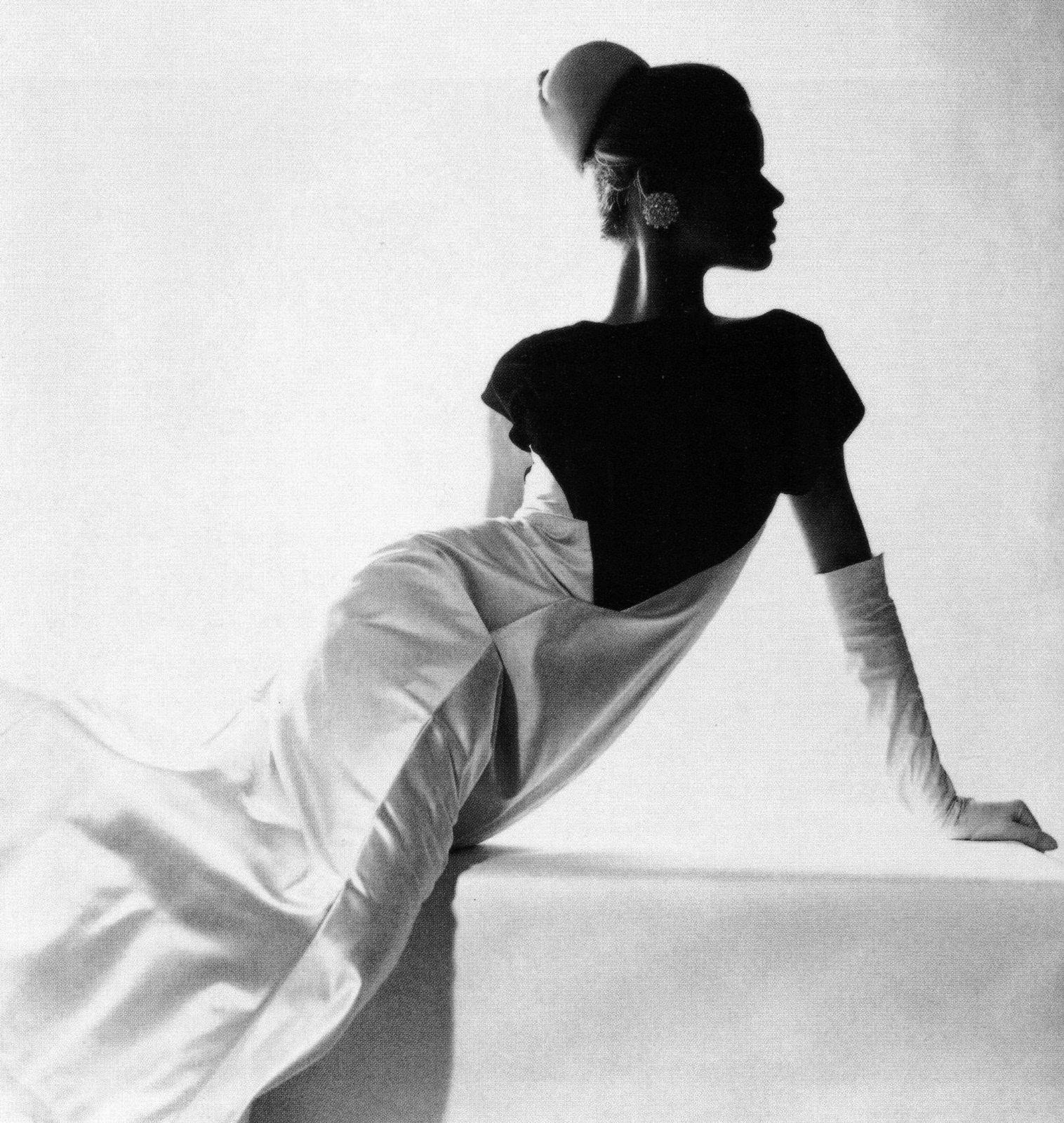Cecil Beaton
I would say this image was shot with a source of natural light as it has very slight shadows under the models jaw line and eyelashes. Its shot on black and white film and probably dodged and burned in the dark room to create the dark black coat and hair.
This shot would have been used for editorial purposes in a magazine that he worked for at the time like Vogue or Harpers Bazaar. Probably for a social article about the model/actress.
I think Beaton was very career driven to go from being a socialite to working full time as a Vogue photographer especially when his competition at the time was Horst and George Hoyningen-Huene who were both spectacular fashion photographers working for Vogue. But with that said both of these being fashion photographers, Beaton was better known for his portraiture ensuring that he excelled in this genre and not really being comparable to Horst and George Hoyningen-Huene.
Horst
George Hoyningen-Huene
Cecil Beatons work is very relevant to my own practice as not only was he a fashion portrait photographer like myself, but he was extremely interested in the glamorous transformation that happens between photographing a person and creating a beautiful image. I have been using a quote by Roy Strong in reference to Cecil Beaton as the basis for my BA7 project. The quote is that Beaton presents his 'sitters as their ideal selves and not as they were or could be at their worst'.
I think Beatons work was very contemporary in its time. In a world where photography was just emerging as something that was associated with family and social portraits, Beaton used it as a photographic art form creating brilliant shapes and contrasts and helped move photography towards advertising.
Dorothea Lange
This image by Dorothea Lange was shot on film as documentation for the FSA. Composition wise, the subject is central ensuring she is the focus. The children hiding their faces on either side of her combined with the facial expression help portray a feeling of desperateness.
The shot was created with the intention of documenting the situation and bringing it to the publics attention. The shot received more recognition than Lange ever thought it would.
I think Dorothea's work differed from the work of Walker Evan's, who was also photographing the FSA at the same time in the way that she took a more realistic approach to her photographs. She had little interaction with the subjects and photographed them as they were where as Walker Evans images are very confrontational in the way they are shot dead on with alot of eye contact from the subjects.
Walker Evans.
I think out of the two FSA photographers I definitely prefer Lange's style of image creation in the way that her shots look so natural and untouched. This however does not apply to my area of practice as I prefer to make-up and shots and have control over what I shoot, in some ways, like Walker Evans.
Robert Mapplethorpe
This image is shot with with what looks like a single light source. Possibly a softbox to the right hand side and slightly above him.
This shot is a self portrait so it was probably used for editorial and fine art purposes such as exhibiting, identification.
Mapplethorpe and Richard Avedon, who was a very successful portrait photographer at the time, had very different styles of portrait photography. Against Avedon's clean cut and very commercial photography, Mapplethorpes images appear moody, thought provoking and actually quite scandalous. This is because the content of Mapplethorpes images are very sexual orientated not only in comparison to Avedon's work but many other successful photographers of the 80's.
Richard Avedon
I think Mapplethorpes style of moody lighting can be of use in my own practice as his images were black and white with startling contrast and intensity which ties in with the bold and powerful feeling I am trying to portray in my own images.








No comments:
Post a Comment